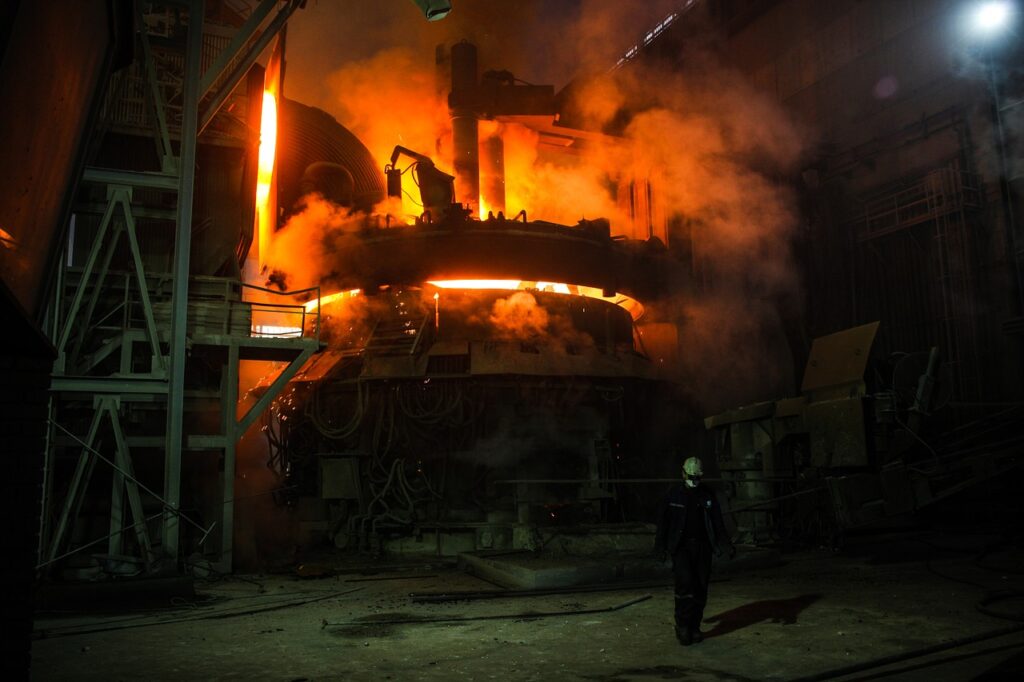Industrial furnaces (direct fire heaters) are heavy-duty systems that can reach temperatures above 400 degrees Celsius (752 OF) for applications such as glasswork, oil refining, cremation, metal heating, and chemical reactions. In many of these applications, measuring the temperature in the furnace and controlling it with precision is vital, but it’s nothing short of complicated.
The two main methods used for this are contact thermometry and radiation thermometry. The former is a low-cost method but has low accuracy, is cumbersome, is slow to respond to changes, and is limited by thermal conductivity. As such, furnaces that aim for precision in operation are left with the only option of radiation thermometry.
The advantages of the latter method include accuracy in measurements, wide temperate range, fast response times, continuous monitoring, and no need to interact with the measured object. That’s crucial when industrial furnaces are involved, but inevitably, there are some challenges.
For example, the measurement depends on the object’s emissivity, is affected by other radiant sources in the vicinity, and has to maintain a line of sight. Moreover, the accuracy in the measured values can be disturbed by ambient temperature changes, which calls for new calibration rounds.
To tackle these problems, Spanish researchers have looked into sources of errors and their range of magnitude and found four main sources of uncertainty:
- Emissivity parameter error
- Unknown background radiation reflection rate
- Atmospheric air attenuation causing unaccounted for absorption
- Unknown sensor wavelength parameter causing spectral variation
To solve the above, the researchers deployed thermal imagery to feed a “smart” monitoring system with data and follow a machine-learning approach for applying subtle error corrections and evaluate the feedback in real-time.
The team validated its novel system by integrating it into the infrastructure of a petrochemical refinery at various stages of the process, and they had real-world success with several units. This proves that the proposal wasn’t just a theoretical-conceptual framework but a system that can be deployed immediately in real industrial applications.






